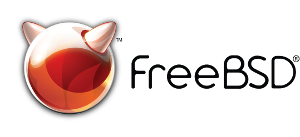Below are just some of the improvements in ZFS v5000 that will be included in 9.2-RELEASE:
- zfs destroy is now capable of destroying multiple snapshots in a single command. This includes destroying a range of snapshots. In addition, the noop parameter can be used to calculate how much space will be regained by deleting one or more snapshots.
- zfs get can now accept a mount point instead of only a dataset name. This makes it easier to look up the properties of a particular dataset.
- zfs rename can now forcibly unmount the dataset from the old mount point as part of the rename, obviating the need to first forcibly unmount it with a separate command.
- zfs send now supports the noop parameter which will output the estimated size of a send operation. This is especially useful for incremental replication. This feature can be used to generate a graphical progress bar and estimate a time to completion.
- zfs send also supports a verbose parameter which will report live progress during the send operation
- zfs snapshot can now snapshot multiple datasets in a single command. Capturing snapshots of multiple file systems at the same point in time can be important to ensure consistency of backups.
- zfs list now supports a verbose argument that will display expandable space in a pool and more details about each vdev. The zfs autoexpand feature allows an array to grow if the disks are replaced with larger ones over time.
- there is also some new zfs property, logicalused and logicalreferenced report the original size of data that is stored with zfs compression
These are just some of the minor features you can look forward to with the release of FreeBSD 9.2. Watch this space for news about some of the major features of both ZFS and the main OS.

No comments:
Post a Comment